William Hardy Wilson (1881–1955) – or Hardy Wilson, as he styled himself – was an architect, artist and advocate for heritage protection. Born and educated in Sydney, Wilson was articled to the architectural firm Kent & Budden in 1899 and studied at Sydney Technical College, qualifying in 1904. While a student, Wilson also took art lessons and exhibited with the Royal Art Society of NSW. After several years in England, he returned home aiming to develop a greater appreciation of historic Australian architecture, and began making the elegant drawings of colonial buildings by which he is now popularly known. Wilson’s architectural work was also inspired by his fascination with earlier and international styles – his two best known houses, Eryldene at Gordon, and his own home, Purulia, were both influenced by colonial bungalows and became prototypes for many houses in Sydney’s north shore suburbs. A regular contributor to Art in Australia and The Home, Wilson’s output included some 17 books and ranged across Greek and Chinese architecture, orientalism, creativity and mysticism. Between 1935 and his death twenty years later, Wilson donated many of his drawings to the National Library of Australia; its collection, in consequence, now includes around 400 examples of his work.
Gift of the Simpson Family in memory of Caroline Simpson OAM 2008. Donated through the Australian Government's Cultural Gifts Program.
Harold Cazneaux (age 43 in 1921)
Max Dupain OBE (age 10 in 1921)
William Hardy Wilson (age 40 in 1921)
Emily Simpson (6 portraits)
Louise Dobson (6 portraits)
Alice Simpson (6 portraits)
Edward Simpson (6 portraits)



On one level The Companion talks about the most famous and frontline Australians, but on another it tells us about ourselves.
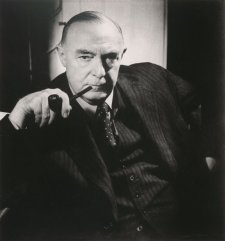
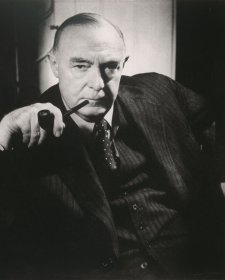
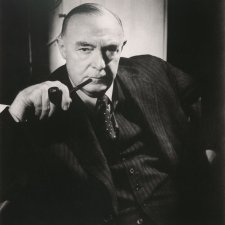
Johanna McMahon revels in history and mystery in pursuit of a suite of unknown portrait subjects.
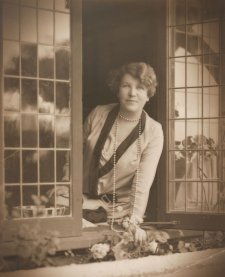
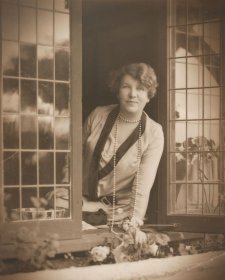
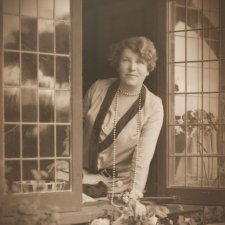
Harold Cazneaux's portraits of influential Sydneysiders included Margaret Preston and Ethel Turner, both important figures in the development of ideas about Australian identity and culture.